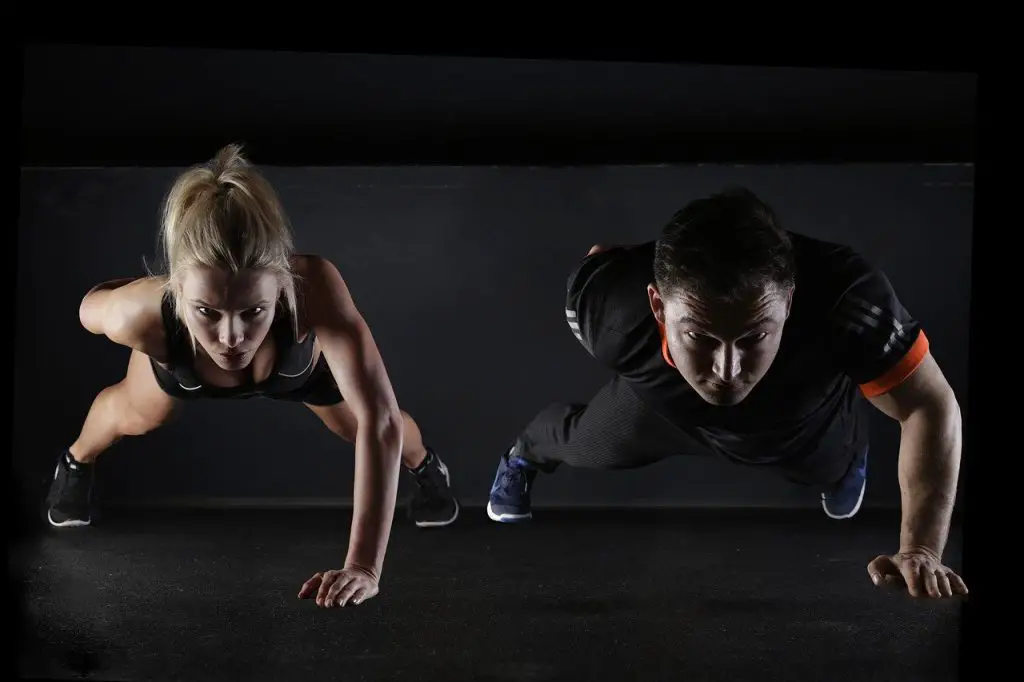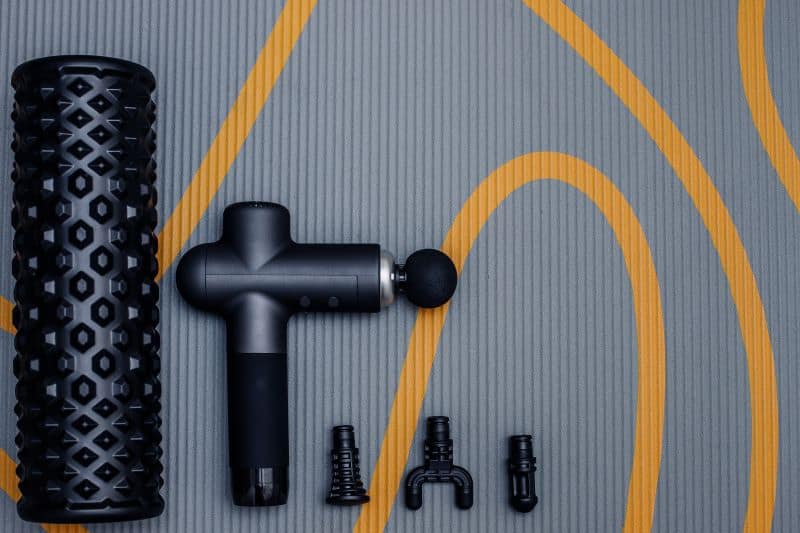
It’s no secret that exercise is good for you. It can help you lose weight, maintain a healthy weight, build muscle, and improve your overall fitness level. However, if you don’t give your body time for workout recovery, you can actually do more harm than good. When you work out, you’re actually breaking down your muscles, and it’s during the recovery process that they rebuild and become stronger. If you don’t allow your body enough time to recover, you can experience pain, fatigue, and even injuries.
There are many things you can do to speed up your body’s recovery process after a workout. Here are 8 ways to speed up muscle strain recovery:
Contents
1. Drink plenty of water
One of the most important things you can do for your body after a workout is to drink plenty of fluids. Dehydration can impair your recovery process, so make sure you drink plenty of water before, during, and after your workouts. When you exercise, your body goes through a number of changes. Muscles ache, and you may feel tired and sore. Drinking water can help to ease these symptoms by restoring fluids that were lost during your workout. Water also helps to flush toxins out of the body. By drinking water regularly, you can speed up your recovery and feel better sooner.

2. Eat a healthy diet
Eating a healthy diet is important for overall health, and it’s especially important when it comes to recovering from a workout. Make sure you include plenty of protein, carbohydrates, and essential vitamins and minerals in your diet. This will help your body to rebuild muscle tissue and refuel your energy stores.
Protein in particular after a workout helps to repair muscle damage and promote muscle growth. So make sure you include plenty of high-quality protein in your diet, such as lean meats, eggs, dairy products, and plant-based proteins like legumes and nuts.
Carbohydrates are also important for refueling your energy stores after a workout; aim for complex carbs like whole grains, fruits, and vegetables. And don’t forget the essential vitamins and minerals; these can be found in a wide variety of foods, so make sure you’re eating a balanced diet.

3. Take a post-workout supplement
Taking a post-workout supplement can help your body recover faster. One of the main benefits of taking a post-workout supplement is that it can help reduce muscle soreness. This is because supplements usually contain ingredients like protein and creatine, which can help repair muscles and promote growth.
Another benefit of taking a post-workout supplement is that it can help increase strength and stamina. This is because supplements usually contain ingredients like caffeine, which can help boost energy levels.
So if you’re looking for how to speed up muscle strain recovery after exercise, consider taking a post-workout supplement.
4. Get plenty of sleep
Sleep is an important part of the recovery process after a workout. 7-8 hours is the optimal amount of sleep for adults. During sleep, your body repairs any muscle damage that occurred during your workout and restores energy levels. Getting enough sleep is key to optimal recovery and can help speed up the process.
There are several things you can do to ensure you’re getting enough quality sleep. Make sure your bedroom is dark, quiet and cool. Avoid watching television or using electronic devices in bed, as these can interfere with sleep. Establish a regular sleep schedule and stick to it as much as possible. And lastly, try to relax before bedtime by reading or taking a hot bath.
If you’re struggling to get enough sleep, talk to your doctor about possible solutions. There may be something that can help you get the rest you need to recover from your workouts.

5. Stretch after your workout
Stretching plays an important role in helping the body recover after exercise. When you stretch, you’re essentially lengthening and relaxing your muscles. This helps improve blood flow and circulation, which in turn delivers more nutrients and oxygen to the muscles. It also helps flush out any toxins that may have built up during exercise.
So, if you’re looking to speed up your recovery after a workout, make sure to add some stretching into the mix! And if you’re not sure where to start, there are plenty of great stretches out there that can help target all the major muscle groups (have a look on Youtube for some great stretching workouts). Just be sure to take it slow and easy at first, and increase the intensity as you get more comfortable.
6. Apply ice to sore muscles.
One of the most common methods of treating muscle pain and soreness is ice therapy. Applying ice to the affected muscles can help to reduce inflammation and swelling, which in turn speeds up the healing process.
There are a few ways that you can use ice to speed up muscle recovery after exercise. The first is to simply place ice in a bag or wrap it in a towel, and then apply it directly to the skin. You can also use a cold pack or ice machine.
It is important to note that you should never apply ice for more than 20 minutes at a time. You should also avoid putting ice on broken skin or directly on the face.
There is some evidence that suggests ice therapy can also help to improve athletic performance. One study found that athletes who used ice therapy after exercising had a faster return to their pre-exercise heart rate and body temperature.
So if you’re looking for a way to speed up muscle recovery after a tough workout, give ice therapy a try. It may just be what you need to get back in the game.
7. Take a hot bath or shower
When you’re done with your workout, the last thing you probably want to do is take a hot shower or bath. But it might be just what the doctor ordered. Turns out, there’s a good reason why athletes often jump in the Jacuzzi after a game – taking a hot shower or bath can speed up workout recovery from a hard workout.
While cold water is better for reducing swelling, hot water can help relax your muscles, improve blood flow, and promote healing. In fact, a study published in the Journal of Athletic Training found that athletes who took hot showers after working out had less muscle pain and stiffness than those who didn’t.
So if you’re feeling a little sore after your workout, consider taking a hot shower or bath. It might make you feel a little better – and it can help you to recover more quickly.

8. Use a foam roller or massage gun
Foam rollers are cylinders made from foam that you can use to massage your muscles. This helps to break up the scar tissue that forms after you exercise and speeds up your recovery. A foam roller can help improve blood circulation and reduce muscle soreness. Roll over the affected area for a few minutes each day.
Massage guns work in a similar way, but they use vibration therapy to treat the muscles instead. They are easier to use than a foam roller as they are electric rather than manual, but they are also more expensive. The vibration can improve blood circulation and reduce muscle soreness after a workout. Massage the affected area for 5-10 minutes each day.
Both foam rollers and massage guns are easy to use and can be found online or in most sporting goods stores. They are a great way to help you recover after a hard workout.

Conclusion
There are a number of things you can do to speed up your workout recovery after a workout. From using ice therapy to taking a hot bath or shower, there’s something for everyone. So don’t let those sore muscles keep you down – try out some of these tips and get back to your old self in no time.
Exercise is an important part of a healthy lifestyle, but it’s important to give your body time to recover after a workout. These 8 tips can help speed up the recovery process and help you feel better sooner.
Doing any or all of these things can help improve your body’s recovery process after a workout, and will help you feel better and be more productive in your day-to-day life. So don’t skip the post-workout recovery process – it’s an important part of any workout routine!
Please remember that these are general guidelines when learning how to speed up muscle strain recovery and that you should always consult with a doctor before starting a new exercise program.
